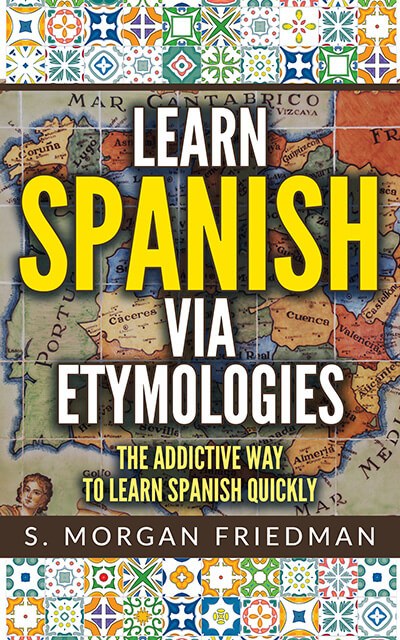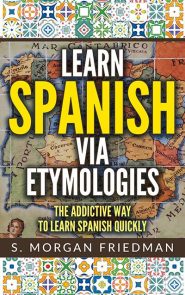Yerno (Spanish for “son-in-law”) at first sounds like nothing in English.
But let’s look closer! The g- and y- sounds are often mixed up between languages and even regions that speak the same language; in fact, the Old English g- transformed itself into a y- over time (compare the German gestern with the English yesterday, for example). And the n-r sound not uncommonly swaps to become an r-n sound; the two are easily mixed up, especially in slurred speech.
Thus, the bizarre-sounding y-r-n root of yerno maps to the g-n-r root of generic (Maybe sons-in-law are more generic in Spanish cultures than English ones?) as well as genus (which lost the final r-) — yes, genus as in Latin and now scientific classification of your spot in the universe! The son-in-law, I guess, is destined to be the son-in-law as his lot-in-life.

